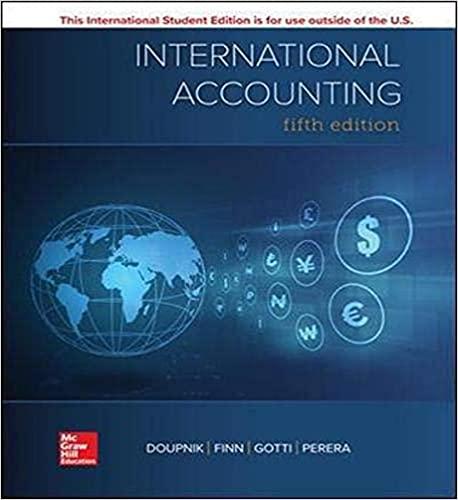Saved Homework 0 Hi-Tek Manufacturing, Inc., makes two types of industrial component parts--the B300 and the T500. An absorption costing Income statement for the most recent period is shown: Hi-Tek Manufacturing Inc. Income Statement Sales Cost of goods sold Gross margin Selling and administrative expenses Net operating loss $1,763,700 1,208,816 554,884 650.000 (95,116) Hi-Tek produced and sold 60,400 units of B300 at a price of $21 per unit and 12,700 units of T500 at a price of $39 per unit. The company's traditional cost system allocates manufacturing overhead to products using a plantwide overhead rate and direct labor dollars as the allocation base. Additional information relating to the company's two product lines is shown below. 3300 1500 $ 400,900 $162,300 $ 120,900 $ 43,000 $ Total 563,200 163.900 Direct materials Direct labor Manufacturing overhead Cost of goods sold $1,208,816 The company has created an activity-based costing system to evaluate the profitability of its products. Hi-Tek's ABC implementation team concluded that $58,000 and $106,000 of the company's advertising expenses could be directly traced to B300 and T500, respectively. The remainder of the selling and administrative expenses was organization-sustaining in nature. The ABC team also distributed the company's manufacturing overhead to four activities as shown below: Activity Cost Pool (and Activity Measure) Machining machine-hours) Setups (setup hours) Product-sustaining (number of products) Other (organization-sustaining costs) Total manufacturing overhead cost Manufacturing Activity Overhead3300 500 Total $ 204,216 190, 200 62,200 152,400 117,200 220 293 100,000 60,300 Required: 1. Compute the product margins for the B300 and T500 under the company's traditional costing system. 2. Compute the product margins for B300 and T500 under the activity-based costing system. 3. Prepare a quantitative comparison of the traditional and activity-based cost assignments. Setups (setup hours) Product-sustaining (number of products) Other (organization-sustaining costs) Total manufacturing overhead cost 117,200 100,000 60,300 $ 481,716 Required: 1. Compute the product margins for the B300 and T500 under the company's traditional costing system. 2. Compute the product margins for B300 and T500 under the activity-based costing system. 3. Prepare a quantitative comparison of the traditional and activity-based cost assignments. Complete this question by entering your answers in the tabs below. Required 1 Required 2 Required 3 Compute the product margins for the B300 and T500 under the company's traditional costing system. (Round your intermediate calculations to 2 decimal places and final answers to the nearest whole dollar amount.) B300 T500 Total Product margin Required 2 > Homework Saved Setups (setup hours) Product-sustaining (number of products) Other (organization-sustaining costs) Total manufacturing overhead cost 117,200 100,000 60,300 $ 481,716 Required: 1. Compute the product margins for the B300 and T500 under the company's traditional costing system. 2. Compute the product margins for B300 and T500 under the activity-based costing system. 3. Prepare a quantitative comparison of the traditional and activity-based cost assignments. Complete this question by entering your answers in the tabs below. Required 1 Required 2 Required 3 Compute the product margins for B300 and T500 under the activity-based costing system. (Negative product margins should be indicated by a minus sign. Round your intermediate calculations to 2 decimal places.) B300 T500 Total Product margin Required 2 Required 3 Prepare a quantitative comparison of the traditional and activity-based cost assignments. (Round your intermediate calculations to decimal places and "Percentage" answers to 1 decimal place and and other answers to the nearest whole dollar amounts.) B300 T500 Total % of % of Amount Amount Amount Traditional Cost System Total cost assigned to products Total cost $ 0 B300 Total T500 % of Total Amount Amount Total Amount Amount Amount Activity-Based Costing System Direct costs: Taal * Indirect costs * Total cost assigned to products Costs not assigned to products: Total cost Pound










